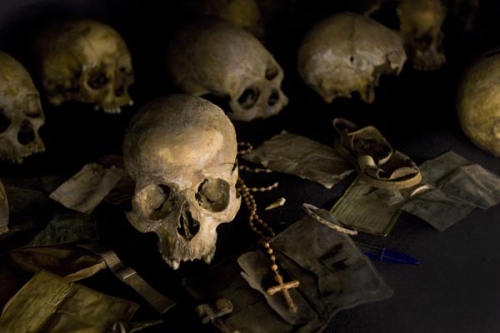
This article was originally published by The Conversation on 7 April, 2015.
Twenty-one years ago – on April 7, 1994 – the genocide that would kill up to one million people in Rwanda began. Another million individuals would be implicated as perpetrators, leaving Rwandans and many others to ask: how does a country begin to bring so many suspects to justice?
In 2002, the Rwandan government created the gacaca – or “grass” in the country’s official language of Kinyarwanda – court system to tackle this enormous problem. Based on a traditional form of community dispute resolution, the gacaca courts functioned for ten years – until 2012.
Despite receiving much international attention at their outset, little is known about what the courts actually accomplished. This is surprising. For the past three years, I have been analyzing court data and conducting research in Rwanda to better understand this unique legal system whose punishments for the “genocidaires” (or those involved in the genocide) would likely be seen as light in many other countries.
